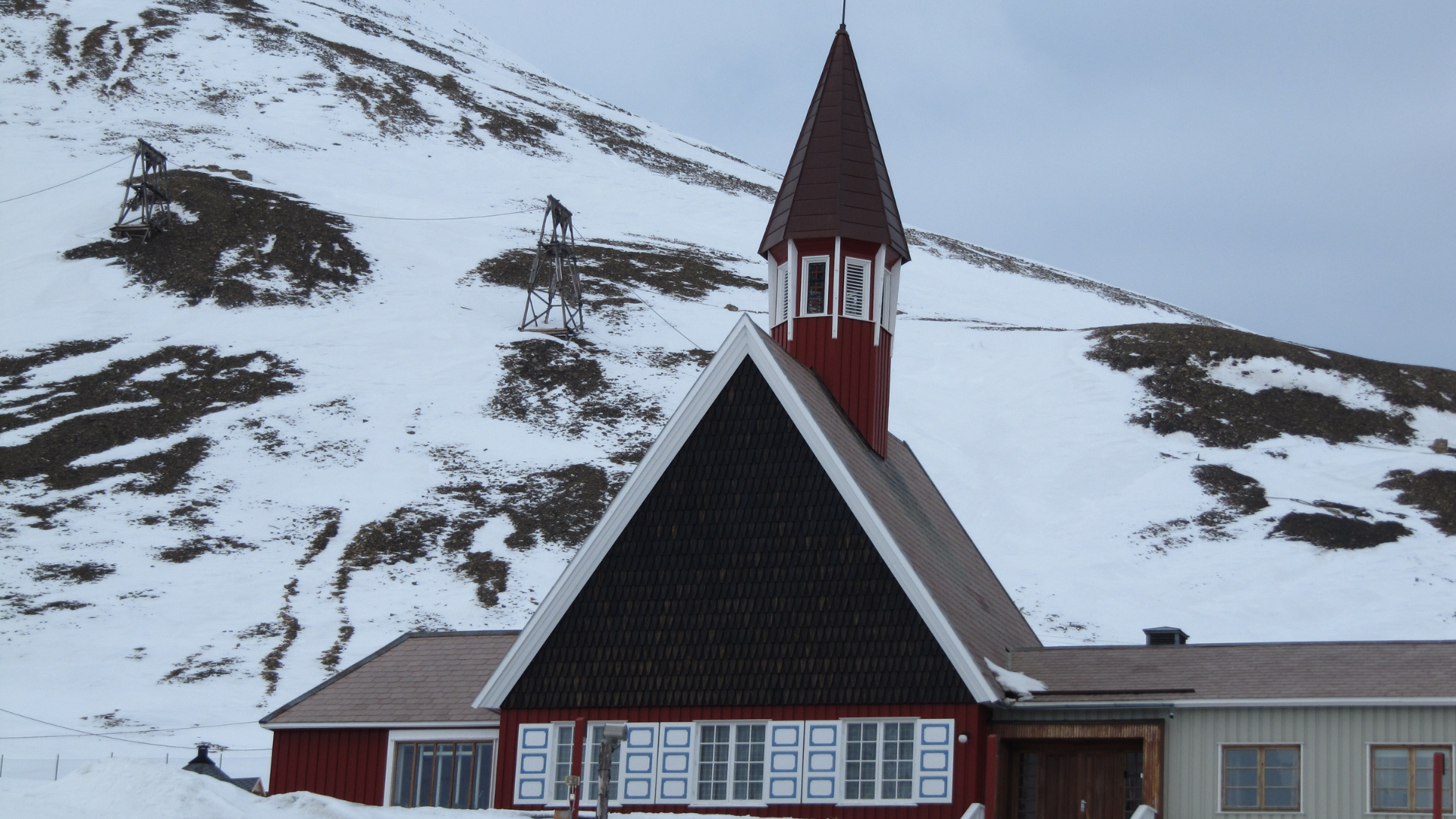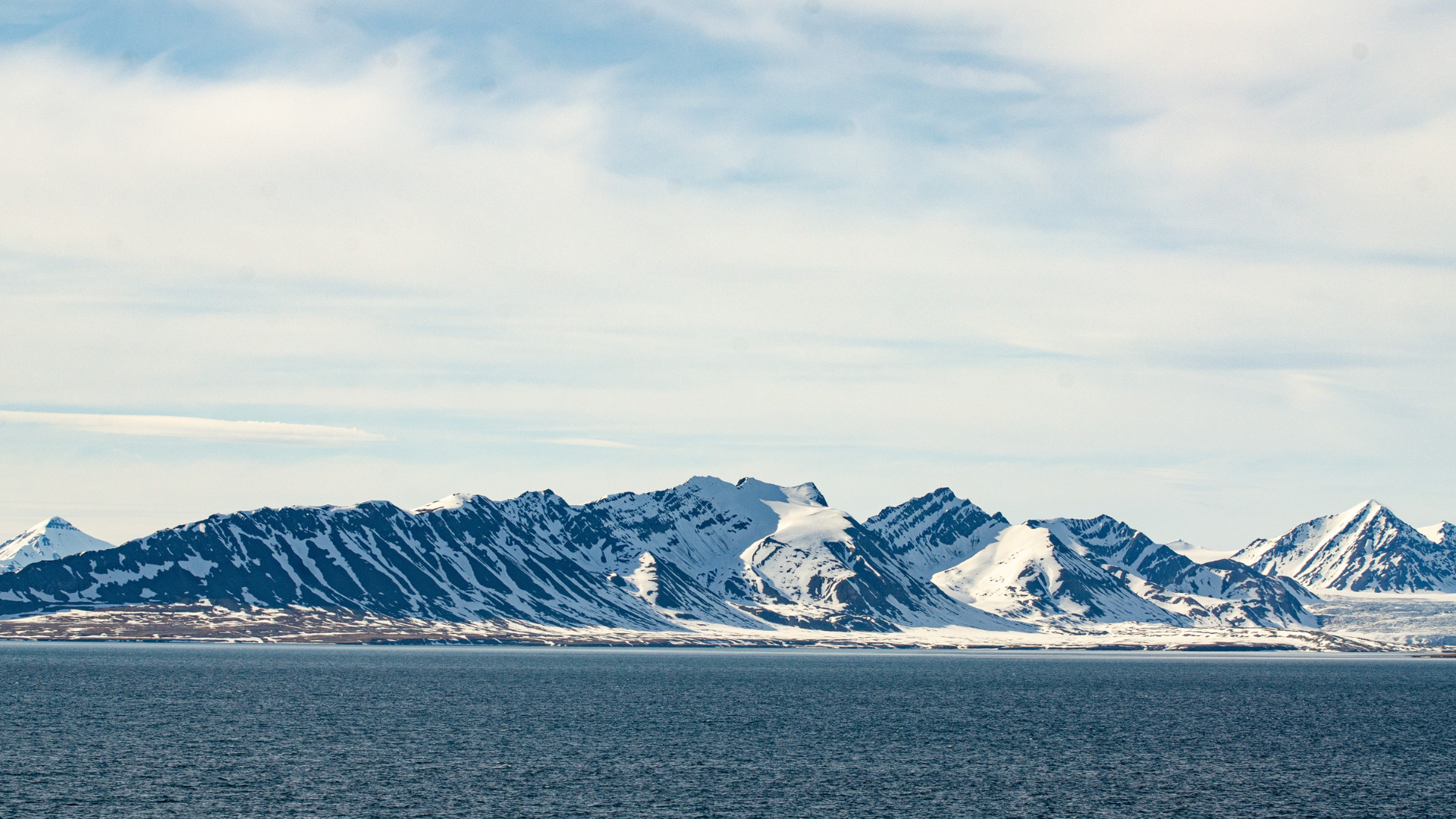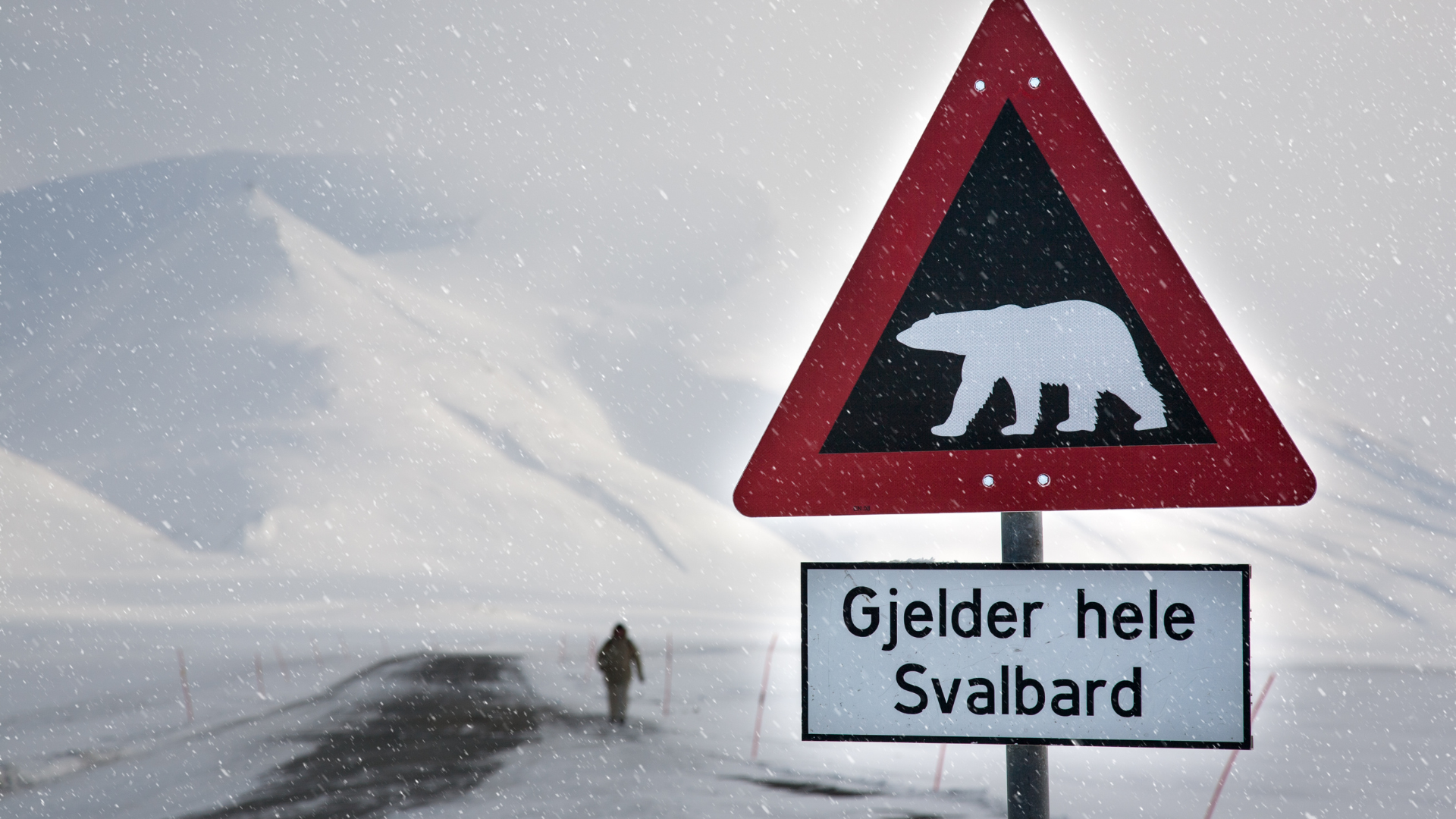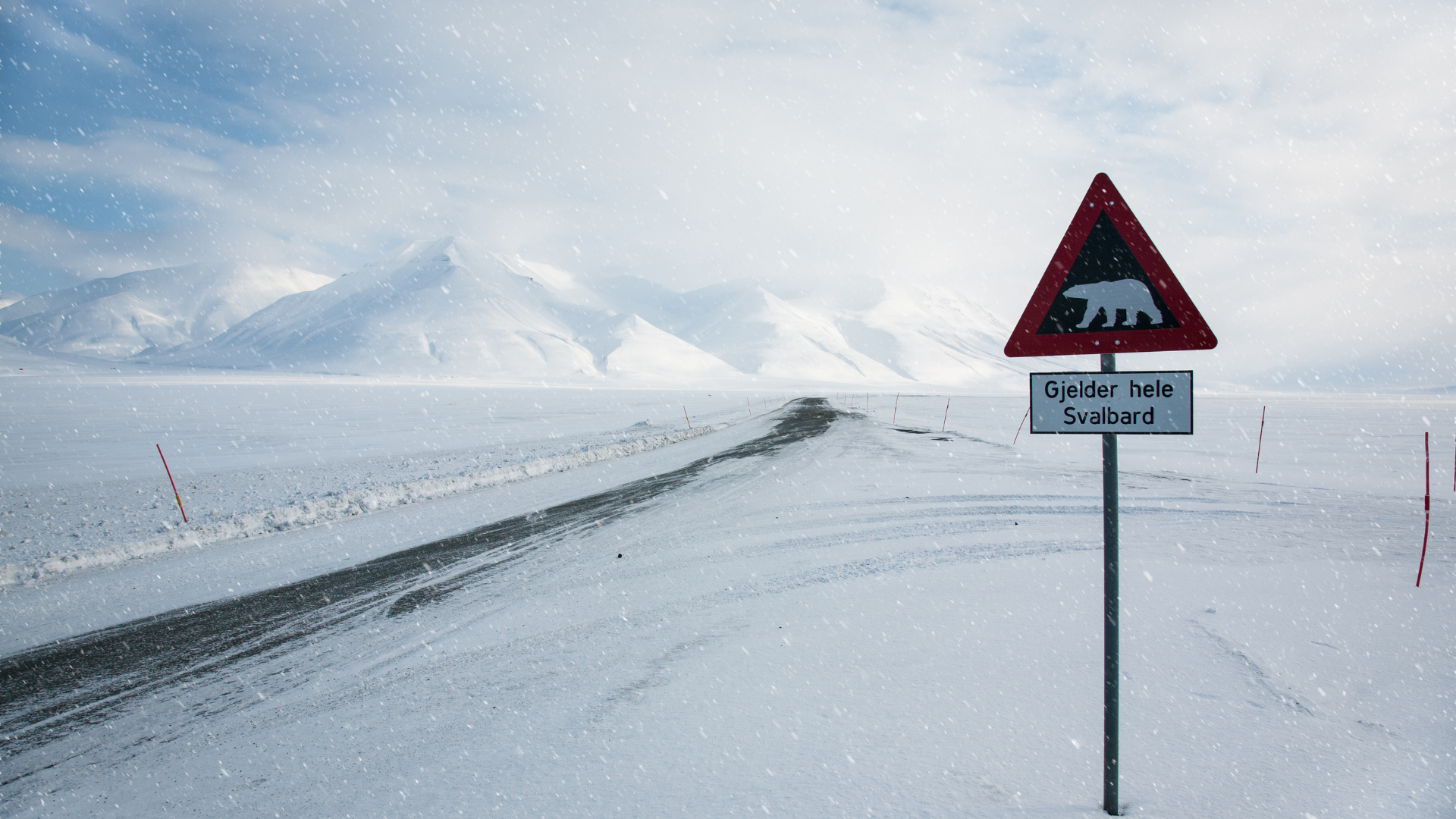Svalbard Best Time of Year to Visit for Older Audience
Svalbard Best Time of Year to Visit for Older Audience

Svalbard is an incredible destination for travelers of all ages, including older visitors who are looking for a unique and enriching experience. The archipelago’s dramatic landscapes, fascinating wildlife, and rich history offer something for everyone, but the extreme environment means that timing your visit is crucial. For older travelers, it’s important to choose a time of year that offers the right balance of comfort, accessibility, and opportunities for exploration.
Spring, from March to May, is an excellent time for older visitors to explore Svalbard. The weather during this period is relatively mild compared to the harsh winter months, making it easier to enjoy outdoor activities. The days are getting longer, offering more daylight for excursions without the intense cold of the deep winter. Snowmobiling and dog sledding are popular activities during this time, and many tour operators offer packages that cater to older travelers, with shorter, less strenuous routes that still allow you to experience the beauty of the Arctic wilderness.
Summer, particularly June to August, is the most comfortable time for older visitors to explore Svalbard. The temperatures are mild, and the continuous daylight of the midnight sun provides ample time for leisurely exploration. This is an ideal time for boat tours, which offer a relaxed way to see the stunning scenery and wildlife without the physical demands of hiking or snow-based activities. The calm waters around Svalbard are home to seals, walruses, and even polar bears, making a boat tour a must-do for wildlife enthusiasts. The mild weather also makes it easier to explore the towns and cultural sites on foot, providing a well-rounded experience of Svalbard’s natural and human history.
For older travelers interested in birdwatching, summer is also the best time to visit Svalbard. The archipelago is a haven for birdlife during these months, with species like puffins, guillemots, and Arctic terns nesting along the cliffs and shores. Guided birdwatching tours offer the chance to see these birds up close, often with the added bonus of spectacular views of the surrounding landscapes. The combination of wildlife and scenery makes summer a particularly rewarding time for older visitors who enjoy nature and photography.
Autumn, from September to October, is another great time for older travelers to visit Svalbard. As the tourist season winds down, the archipelago becomes quieter, offering a more peaceful experience. The cooler temperatures and shorter days make this a good time for those who prefer a slower pace, with plenty of opportunities to explore the historical and cultural sites of Longyearbyen. The return of the polar night in late October also brings the possibility of seeing the Northern Lights, a bucket-list experience that can be enjoyed from the comfort of a guided tour or even your accommodation.
Winter, from November to February, is the most challenging time to visit Svalbard, but it can also be incredibly rewarding for older travelers who are prepared for the extreme conditions. The polar night, with its long, dark nights and the possibility of seeing the Northern Lights, creates an atmosphere that is both mysterious and awe-inspiring. Winter activities like ice caving and snowshoeing are also available, offering a chance to explore the frozen landscapes in a way that is both safe and accessible for older visitors. However, it’s important to be prepared for the cold and limited daylight, and to choose tours that are designed with the needs of older travelers in mind.
For those who are interested in the history and culture of Svalbard, every season offers something special. The Svalbard Museum in Longyearbyen is a must-visit, with exhibits that provide a deep dive into the archipelago’s history, from its discovery and early exploration to the present day. The museum is easily accessible and offers a fascinating look at the challenges and triumphs of life in the Arctic. Whether you’re visiting in the summer or winter, taking the time to learn about the history of Svalbard can add depth to your experience and help you appreciate the unique environment you’re exploring.
Ultimately, the best time to visit Svalbard as an older traveler depends on what you want to experience. Whether you’re seeking adventure, wildlife encounters, or simply a peaceful escape from the world, Svalbard offers a variety of experiences that are well-suited to older visitors. With careful planning and an open mind, your trip to Svalbard will be an adventure that you’ll cherish for years to come.












